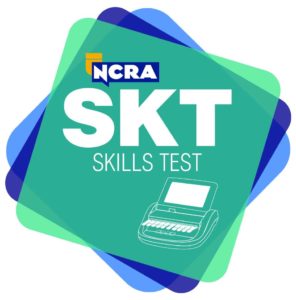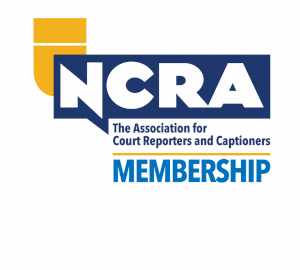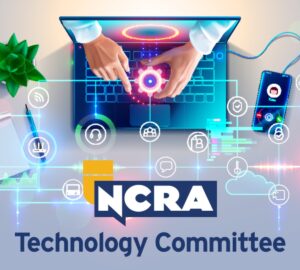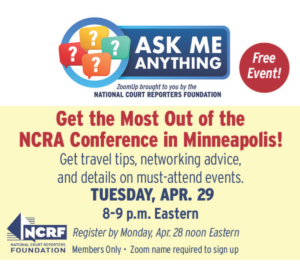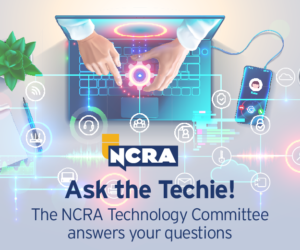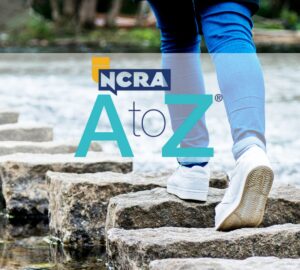Ten years ago, I was returning from a vacation with my family on an airplane. My eight-year-old son, Ryan, was particularly excited about watching the in-flight movie. He’d talked about it for most of the week while we were on vacation. Once on the plane, even though the movie Ocean’s Eleven was a bit advanced for an eight-year-old, I couldn’t say “no” and thus paid the flight attendant five bucks for the headphones, and so Ryan settled down to watch Danny Ocean rob the Bellagio. After 15 minutes, Ryan turned to me looking very confused and, in a voice that was way too loud for an airplane, asked, “Is this whole movie in Spanish?”
Fixing the problem for Ryan was a matter of dropping one channel to acquire the audio in English. An adult would have fixed the problem within two seconds, but an eight-year-old who was experiencing his first trip on an airplane didn’t know any better. And it didn’t occur to me either that Ryan would endure 10 minutes of dialogue in Spanish or that he wouldn’t know how to change the channel to get the English.
From what I can tell, there’s a similar dynamic that goes on in the court reporting profession. There exists an abundance of technical terms and services that are well known to members of the immediate court reporting community, but the nuance and potential benefit is foreign to the consumers of those services. In short, clients and constituents don’t know what they don’t know. It’s only by taking the time periodically to look at your products and services through the eyes of an eight-year-old that the need for providing the most basic description of what it is that you do and how it can benefit your clients will become clear to them.
Three years ago, we had not yet even heard the word “iPad.” Today, it is omnipresent, and 29 percent of NCRA members own a “tablet,” also a new word for us. Of those NCRA members who don’t own a tablet, 26 percent intend to purchase one in the next year. As I watch and hear the conversations of the technophiles among NCRA’s membership, more and more, the talk has turned to streaming realtime to tablets and smart phones. This is revolutionary, but does anyone other than court reporters have the first clue about how this would work?
Imagine the possibilities for attorneys and judges with realtime feeds of proceedings arriving to their iPads. Seriously, how cool is that? How much more valuable does a court reporter become when you can deliver your product directly to the judges’ and attorneys’ tablets?
But when you go out to explain, make sure you’re not speaking Spanish (unless, of course, the people to whom you’re speaking want you to speak Spanish, in which case, “Viva realtime!”). Don’t assume they even know what realtime is, even if they think they do. Explain it in the most basic terms. Then move into how the latest technology — streaming and tablets and smart phones — allows the full capabilities of realtime and stenographic court reporting to come to life.
We continually hear from NCRA members that you want wider recognition and appreciation of stenographic reporters among external audiences. This is an effort that is underway and that has many moving parts. As always, we are asking NCRA members to carry the message to your clients and to your communities as a major component of the StenAdvocate Program. When you do, please ensure that you’re narrowing your message to what really matters to your clients and constituents. Make sure you’re speaking the right language.

